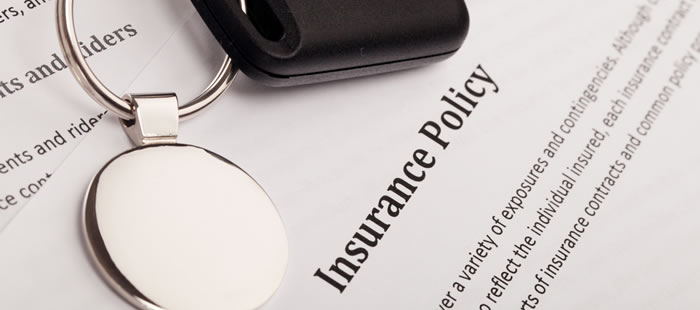by Thomas A. Archer

This is the third in a series of three articles dealing with some of the major decisions facing automobile insurance consumers when buying their car insurance.
The first two topics dealt with limited vs. full tort and underinsured/uninsured motorist coverage. The takeaway from the first two topics is that you make sure you have full tort coverage and carry as much underinsured motorist coverage as you have liability coverage. The third topic deals with coverage “stacking.”
Stacking means that insureds can combine, or “stack,” the amount of underinsured motorist (UIM) coverage they have according to the number of vehicles on the policy. So, for example, if you own three vehicles that are insured by the policy and it has $100,000 single limit/$300,000 per accident in underinsured motorist benefits, you can elect to stack those benefits, resulting in $300,000/$900,000 in coverage. When chosen, that is not specifically waived; stacking applies to uninsured motorist (UM) benefits as well. Stacking can be done within a single insurance policy or across separate policies.
As with the previous insurance coverage options we discussed, adding stacking to your policy will increase the annual premium. But the increase in premium is relatively low when compared to the significant benefit that is added.
Recall we discussed that the minimum amount of liability insurance coverage required to satisfy Pennsylvania’s Financial Responsibility law is $15,000 for bodily injury to, or death of, one (1) person in any one (1) accident and $30,000 for bodily injury to, or death of, two (2) or more persons in any one (1) accident, subject to the $15,000 per person limit. While the legislature has introduced a bill to raise these minimum limits, they currently remain the lowest such limits in the country.
In the event you are involved in an auto collision and sustain injuries resulting from another driver’s negligence, it may well be by someone carrying the state minimum insurance protection. More than likely, these minimum limits will be the only available resources of the other driver, the “tortfeasor,” from which to compensate you for injuries and harms as a result of the crash. Even if the tortfeasor has higher limits, those limits may not be enough to account for your losses, such as if extensive medical care is required or extended disability and wage loss is incurred. Stacking of UIM benefits is an excellent way to protect you and your family in the event of multiple or severe injuries or disability as a result of the crash.
Other articles in the Automotive Insurance Decision Series:
Article I: Don’t Give Up Your Right To Full Tort Protection
Article II: Underinsured Motorist Coverage